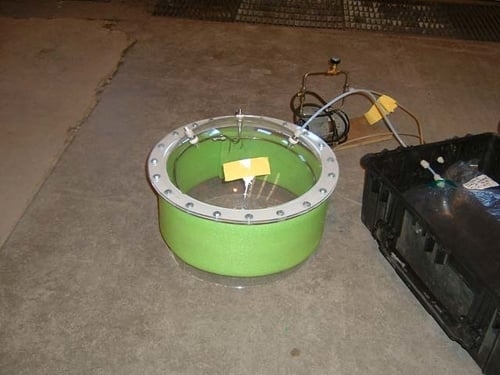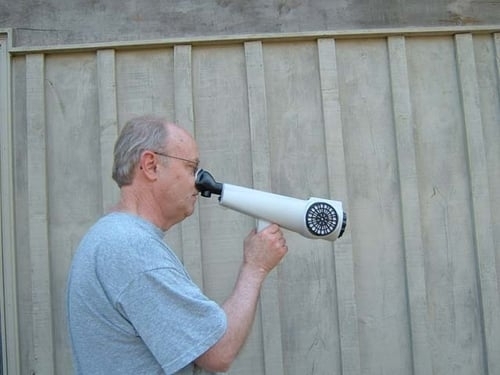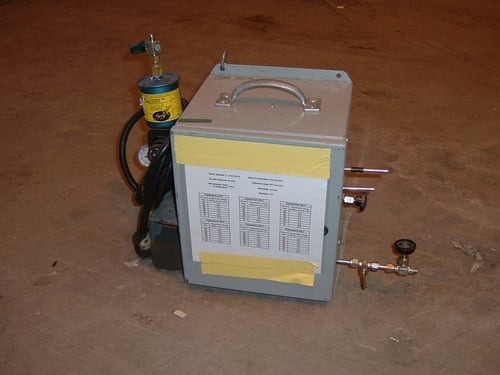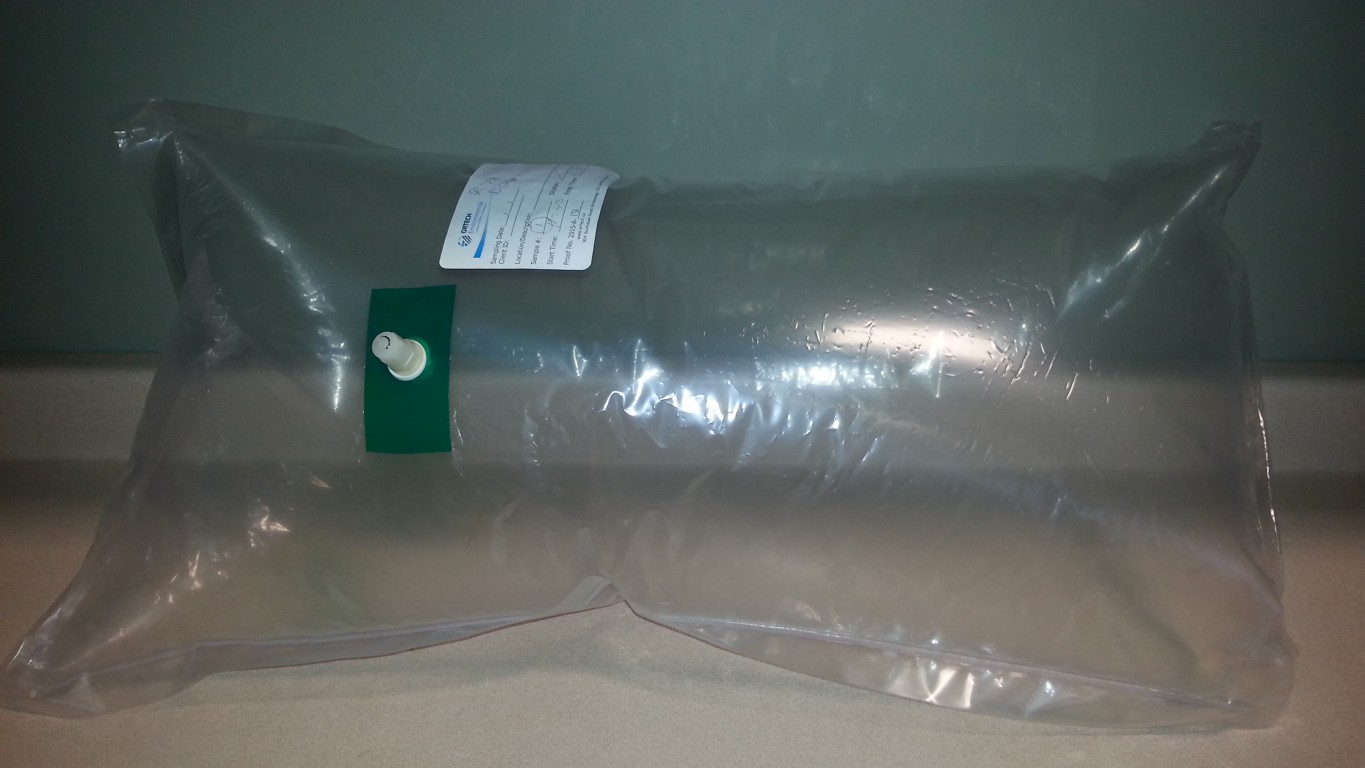TORONTO, Ontario - September 20, 2018 - Kontrol Energy Corp. (CSE:KNR, FSE:1K8), (“Kontrol”, or the “Company”) announces that it has completed the acquisition of CEM Specialties Inc. (“CEMSI”), previously announced on March 28, 2018 when the Company entered into a Letter of Intent with CEMSI. CEMSI is an established and leading integrator of turn-key emission monitoring equipment and solutions.
With more than 25 years of successful operating history, CEMSI provides the Canadian and US market with value added solutions for emissions and process monitoring applications. For the fiscal year ending July 31, 2018 CEMSI generated revenues of $6 Million and EBITDA of approximately $1 Million. A significant portion of CEMSI’s annual revenue is from multi-year recurring contracts and equipment sales.
“CEMSI is a leader and recognized brand in the emission monitoring and integration market,” says Paul Ghezzi, CEO of Kontrol Energy. “We are excited about the closing of this acquisition as it is a strong strategic fit with our existing emission business. Expanding our emission monitoring and solutions vertical in Canada and gaining a growing footprint in the USA is part of our overall strategic growth initiatives.”
According to the market research report Emission Monitoring Systems Market by System Type Global Forecast to 2025, the emission monitoring systems market is estimated to reach US $4.44 Billion by 2025 from US $2.39 Billion in 2018, at a CAGR of 9.3% between 2018 and 2025.
The aggregate purchase price for CEMSI is $3,350,000, of which the Company has paid $2,265,000 in cash on closing. There is a Vendor Take Back in amount of $502,500, representing 15% of the Purchase Price. The Vendor Take Back shall accrue interest at a rate of six percent (6%) per annum. An additional $582,500 of the purchase price is subject to a 15-month holdback to accommodate post-closing purchase price adjustment and indemnity obligations of the Vendor. The Vendor has received 250,000 Common Share purchase Warrants. Each Warrant is exercisable for one Common Share of the Company at a price of $0.75 per share for 3 years following the date of issue, subject to accelerated expiry in certain circumstances.
In conjunction with the acquisition, the Company has closed on a $2 Million secured loan with Pinnacle Diversified Private Income Limited Partnership, by its general partner Pinnacle Diversified Private Income GP Inc., and FirePower Capital. The loan has a term of 12 months. It is anticipated that the loan will be replaced by long-term senior secured debt and equity financing over the next 12 months. The lenders have received 750,000 Common Share purchase Warrants in aggregate. Each Warrant is exercisable for one Common Share of the Company at a price of $0.75 per share for 4 years following the date of issue, subject to accelerated expiry in certain circumstances.
“On a consolidated basis the acquisition will add approximately $6 Million to our year over year revenue growth,” continues Mr. Ghezzi. “Further, the acquisition will add to our earnings and operational cash flow generation starting in Q3 2018. We have been able to achieve significant year over year revenue growth while maintaining less than 27 Million shares outstanding. We are keenly focussed on continuing our strong growth trajectory and maximizing shareholder value.”
About Kontrol Energy
Kontrol Energy Corp. (CSE:KNR, FSE: 1K8) is a leader in energy efficiency through IOT, cloud and blockchain technology. With a disciplined mergers and acquisition strategy, combined with organic growth, Kontrol Energy Corp. provides market-based energy solutions to our customers designed to reduce their overall cost of energy while providing a corresponding reduction in Greenhouse Gas (GHG) emissions.
Additional information about Kontrol Energy Corp. can be found on its website at www.kontrolenergy.com and by reviewing its profile on SEDAR at www.sedar.com
About Pinnacle
The investment objectives of Pinnacle Private Diversified Private Income Limited Partnership are to invest in a diversified portfolio of private debt and/or equity securities of issuers involving investments and loans, consistent and reliable cashflows capable of supporting a monthly target cash distribution of 5.5% to 9.0% per annum, after fees and expenses, plus potential additional annual performance distributions. https://www.pinnaclefunds.ca
About FirePower Capital
FirePower Capital is the investment banking and private capital firm built for Canada’s entrepreneurs. Our team of 30+ deal professionals helps their mid-market businesses complete mission-critical transactions, by advising them or investing in their companies directly. http://www.firepowercapital.com
SOURCE Kontrol Energy Corp.
We invite all shareholders and stakeholders to join the Kontrol Energy Investor Group: https://www.8020connect.com/groups/kontrol-energy-corp-203
Neither IIROC nor any stock exchange or other securities regulatory authority accepts responsibility for the adequacy or accuracy of this release.
Caution Regarding Forward Looking Statements:
Certain information included in this press release, including information relating to the integration of the CEMSI into Kontrol’s existing businesses and technology across Kontrol’s operating platform, Kontrol’s anticipated growth in scale and revenue, including anticipated proforma 2018 revenue and EBITDA run rate, and statements related to the expansion of emission monitoring and solutions across Canada and the USA, the provision of solutions to customers to reduce overall energy costs and greenhouse gas emissions reductions, carbon reduction and monetization programs, other statements that express the expectations of management or estimates of future performance, the anticipated replacement of the $2 million with long term debt and equity constitute "forward-looking statements". The forward-looking statements in this press release are presented for the purposes of providing information about management's current expectations and plans and such information may not be appropriate for other purposes. Where the Company expresses or implies an expectation or belief as to future events or results, such expectation or belief are based on assumptions made in good faith and believed to have a reasonable basis. Such assumptions include, without limitation, that CEMSI will be successfully integrated into the Company and that its revenues and growth projections will be consistent and meet with the Company’s expectations, that the revenue and EBITDA run rate of CEMSI’s and the Company’s subsidiaries will be consistent with and meet the Company’s expectations, that performance milestones will be achieved, that suitable businesses and technologies for acquisition and/or investment will be available, that such acquisitions and or investment transactions will be concluded, that sufficient capital will be available to the Company, that technology will be as effective as anticipated, that organic growth will occur, that the Company will succeed in completing its proposed financing, that all conditions precedent to the acquisition of CEMSI will be met within the required timeframes, and others. However, forward-looking statements are subject to risks, uncertainties and other factors, which could cause actual results to differ materially from future results expressed, projected or implied by such forward-looking statements. Such risks include, but are not limited to, that CEMSI will not be successfully integrated or will not perform as expected, that the revenue and EBITDA run rate of CEMSI and the company’s subsidiaries will be less than expected, performance milestones will not be achieved, there being a lack of acquisition and investment opportunities or that such opportunities may not be concluded on reasonable terms, or at all, that sufficient capital and financing cannot be obtained on reasonable terms, or at all, that technologies and emission monitoring solutions will not prove as effective as expected that customers and potential customers will not be as accepting of the Company's (including CEMSI’s) product and service offering as expected. Accordingly, undue reliance should not be placed on forward-looking statements and the forward-looking statements contained in this press release are expressly qualified in their entirety by this cautionary statement. The forward-looking statements contained herein are made as at the date hereof and the Company does not undertake any obligation to update publicly or revise any such forward-looking statements or any forward-looking statements contained in any other documents whether as a result of new information, future events or otherwise, except as required under applicable securities law.
For further information:
Paul Ghezzi, CEO
paul@kontrolenergy.com
Kontrol Energy Corp.,
180 Jardin Drive, Unit 9,
Vaughan, ON
L4K 1X8,
Tel: 905.766.0400
Toll free: 1.844.566.8123











































